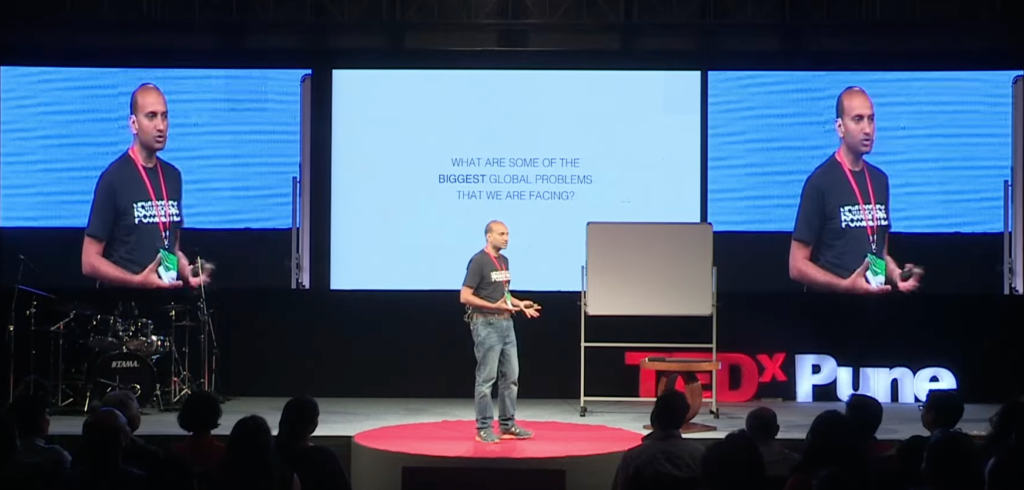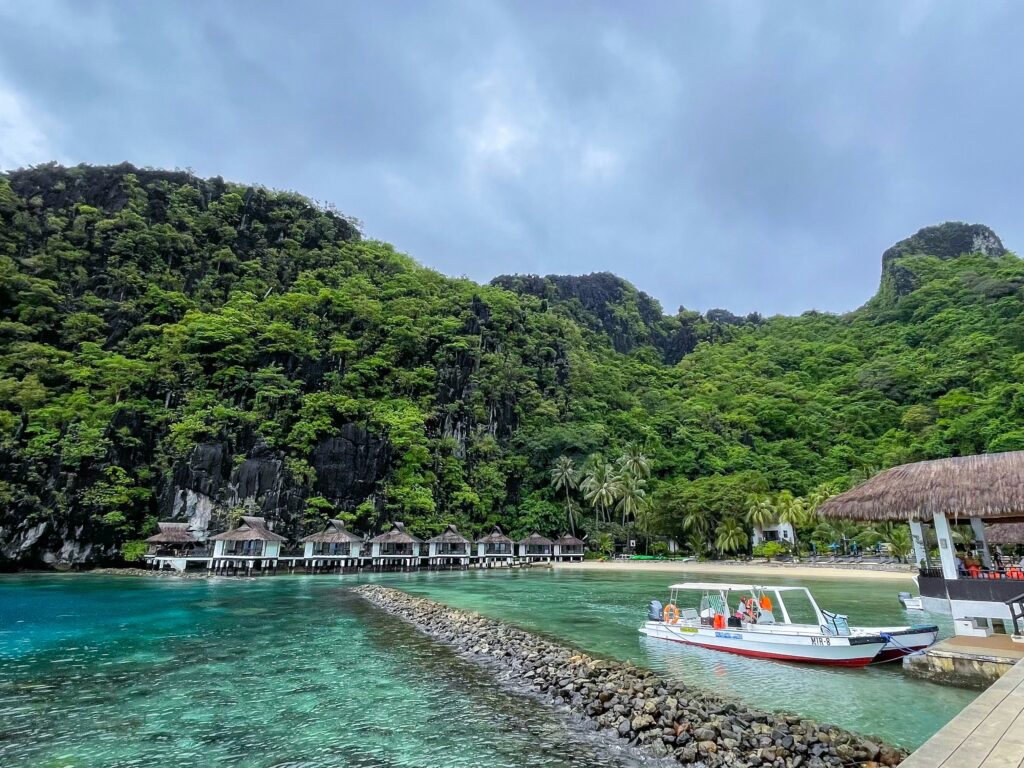We’ve all heard the term ‘net-zero’, but what exactly does it mean and why is it important to us?
Net-zero refers to the balance between the amount of greenhouse gas released and the amount removed from the atmosphere. Going net-zero is important as we can tackle climate change by reducing global warming. What we do now and in the next decade to limit emissions will be critical to a greener and better future.
Read more about how BillionBricks’ housing solutions impact climate change by addressing the UN Sustainable Development Goals here.
A net-zero home is designed and built for energy conservation; using renewable energy systems to generate the energy they need, these homes produce as much energy as they consume, without using fossil fuels. As long as the annual net-energy consumption is zero, a home can be called net-zero.
BillionBricks’ homes do exactly that by not only making their own energy but also harvesting 100% of the rainwater, cleaning sewage and growing food.
BillionBricks net-zero home

A BillionBricks home consists of 45 to 82 square meters of living area and a roofing system with integrated solar. It has a 10KW solar generation capacity and can save up to 6 tons of CO2 emissions per year – equivalent to the carbon sequestered by 6.7 acres of forests in a year. This provides up to a 20% reduction in purchase price over time due to electricity cost savings. It also has a structural life of 60 years and is designed to resist earthquakes and typhoons.
Our homes are sustainably built through a three-pronged strategy. We design the homes to operate passively. We add essential active sustainable technologies to become off-grid and achieve an almost zero carbon footprint. We engage with homeowners to raise awareness of the mindful consumption of resources and maintenance of their homes and systems.
Energy
-
Passive: Build well insulated and naturally ventilated homes
-
Active: Provide energy-efficient lighting and appliances
-
Awareness: Reduce wastage of electricity
Water
-
Passive: Maintain natural site drainage
-
Active: Harvest 100% of rooftop rainwater in an underground tank
-
Awareness: Reduce wastage of water
Wastewater
-
Passive: Clean wastewater inbuilt septic tank and reed bed system
-
Active: Recycle and reuse 100% of wastewater locally by applying treatment technologies to enhance its quality
-
Awareness: Be open to personal use of treated wastewater
Solid waste
-
Passive: Avoid throwing in landfill and manage organic waste in the community
-
Active: Install bio-digestors and Waste-to-Energy systems
-
Awareness: Reduce, reuse and recycle as much waste as possible and get familiar with circular economy
Food
-
Passive: Grow food in the vegetable garden in each house and in the communal gardens
-
Active: Develop community led high yield farming systems such as indoor and vertical farms, hydroponics, permaculture, etc.
-
Awareness: Be aware of the importance of healthy eating and the positive impact of growing local foods

Our homes include technologies and practices that enhance the quality of living, reduce environmental impact, conserve natural resources and improve affordability.
Find more information about our net-zero housing solutions here.


